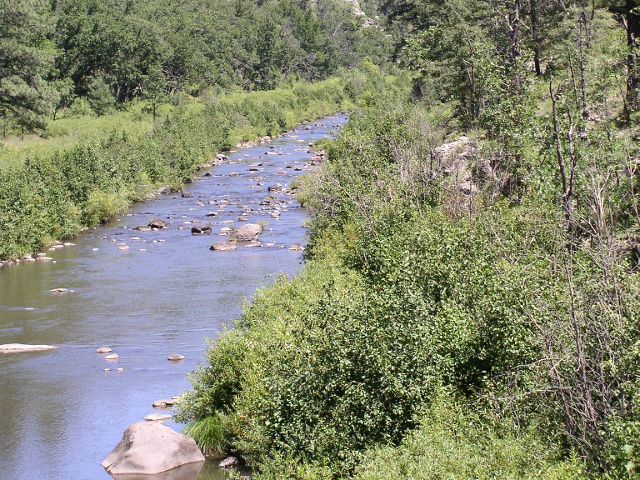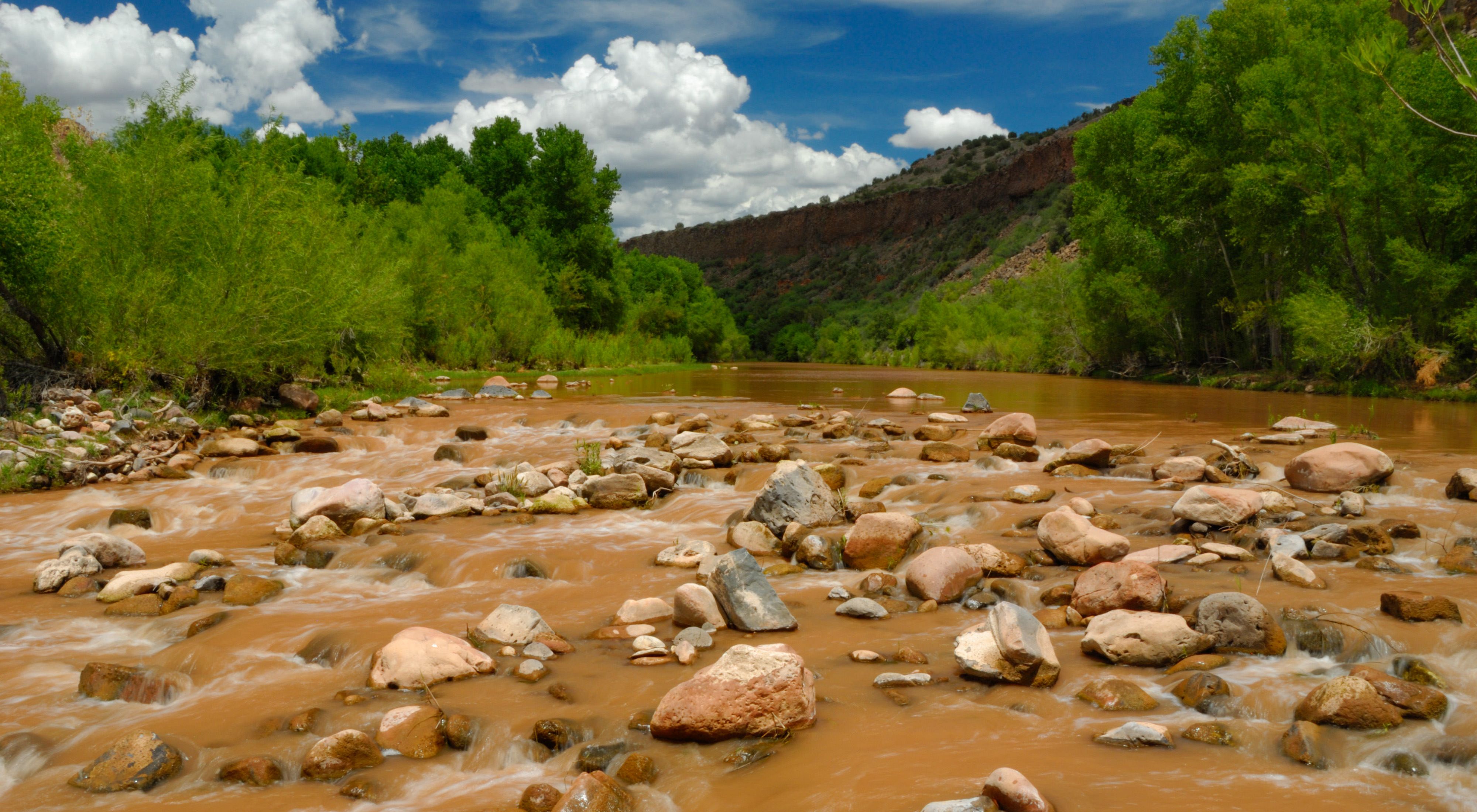The Verde Valley of north-central Arizona doesn’t boast vineyards like those of the Napa or Willamette valleys. However, if Eric Glomski has anything to say about it, those growers will soon take notice of what he’s up to on the banks of the Verde River.
Glomski is making fine wines produced from water brokered through an exchange with a fallow agricultural site.
A longtime resident of the Verde Valley, Glomski has operated Page Springs Cellars for a dozen years. So, he was intrigued when a group called Friends of the Verde River Greenway approached him with an idea to offset the impacts of his groundwater use by reducing surface water use on a nearby agricultural site that now lays fallow: a water exchange, in other words.
“I was an easy sell,” says Glomski, who has had extensive experience in river restoration. “I’ve always loved the rivers of Arizona, and I’ve always recognized that we need to get a better handle on water use in order to keep those rivers flowing.”
Like all desert rivers, the Verde suffers from an imbalance of supply and demand: Not enough water and too many people who want a share of what little there is. In Arizona, water drives a huge body of law and contention, as people scramble to get what they think is rightly theirs, giving rise to an old Western saying: “Whiskey is for drinking, and water is for fighting over.”

Valuing Our Water
Kim Schonek with The Nature Conservancy and her colleagues at Friends of the Verde River Greenway saw a better way than endless fighting. They worked to develop the Verde River Exchange Water Offset Program. In 2016 two vineyard owners, including Glomski, participated in the exchange purchasing the offset credits. Drawing on her experiences in her native Oregon, Schonek formulated a larger, encompassing plan for a network based on voluntary, flexible water use agreements that would incorporate shareholders from agriculture, industry, residential areas and municipalities not only to encourage conservation but also to reduce usage by planning for it.
Through the Verde River Exchange, a surface water user can be compensated for using less water in a given year without losing the rights to that water for the following year. The unused portion of water is the basis for an “offset credit” that can be purchased by a nearby groundwater user through the Exchange. In this way, groundwater users can mitigate, or offset, their impact on the river. The Exchange is voluntary but provides a mechanism for water users to make meaningful choices about river protection in their community.
The newly founded Salt and Verde Alliance is the larger clearinghouse for this free-market approach to cooperative stewardship. It works from a simple principle: Given that about a third of the water used in metropolitan Phoenix comes from the Verde, the Salt and their tributaries, it is of interest and benefit for the downstream Phoenix users to encourage good conservation measures upstream.
Some of those measures happening: Upstream farmers, with Conservancy support, are putting water-efficient irrigation systems in place and growing water-efficient crops. The Conservancy and local partners are working to improve the health of the riverside corridor. Communities have also stepped up to implement projects including water re-use, conservation programs and aquifer recharge projects.

Water Leadership in the Verde Valley
The Verde River Exchange, with its pilot water-for-wine exchange, supports the goals 0f the Water Fund. Water users in the upper Verde Valley can exchange “offset credits,” buying and selling the right to use water from agricultural properties that are lying fallow or have been retired, temporarily or permanently. Sellers are compensated near market level for relinquishing water, while buyers pay a little more than market level for their purchases, allowing the Verde River Exchange a small cushion to sustain itself while doing its work. There’s much more to do.
“Paying people not to use water is easy,” says Kim Schonek. “Getting people to be real leaders in the watershed is harder—and revolutionary, and very exciting!”
Eric Glomski, enthusiastic from the start, is one such leader. He’s spreading the word to his neighbors about the virtues of the Verde River Exchange. So far, the 10-acre Page Springs Cellars is making good use of the water gained through credits sold by a farmer who did not irrigate a small pasture that he could afford to let sit out this year, the free market, the law of supply and demand, and local needs in perfect harmony.
“This is just the seed,” says Glomski. “We still have a large tree to grow.”
In the shade of that future tree lies the wonderful prospect that one day soon, in Arizona, wine will be for drinking, and water won’t be something we fight over.
